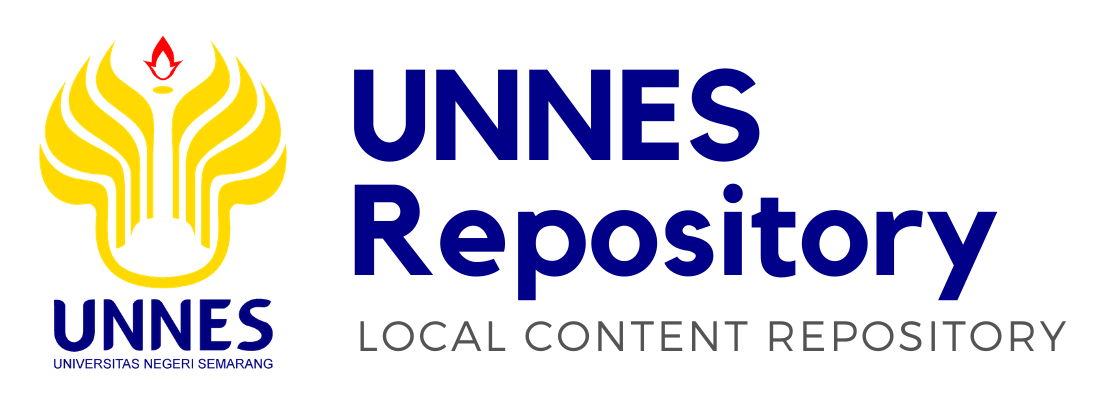Reviving the language at risk: a social semiotic analysis of the linguistic landscape of three cities in Indonesia
Zulfa Sakhiyya, - Reviving the language at risk: a social semiotic analysis of the linguistic landscape of three cities in Indonesia. Journal of Multilingualism. ISSN 14790718
|
PDF (Bukti Korespondensi)
Download (2MB) |
|
|
PDF (Turnitin)
Download (6MB) |
|
|
PDF (Artikel)
Download (1MB) |
Abstract
Indonesia is one of the most multilingual nations in the world, with approximately 700 spoken local languages. This multilingualism is at risk from the imposition of the national language and the dominance of English as an international language. Adopting a social semiotic approach to linguistic landscape study, this paper explores how languages are being used and manipulated in three big cities in Indonesia, namely Jogjakarta, Semarang and Depok. We look at signage from private enterprise (i.e. shops and restaurants) and compare them to the public signage on government buildings. We examine the tension between the micro-language policy (the personal and individual language choice rights) and the macro-language policy as stated in national/regional language policies. This study reveals different linguistic landscape patterns: public signs – Indonesian language, Javanese language, and English; private signs – Indonesian language, English and other foreign languages (Korean, Japanese, and Mandarin). By building on the linguistic landscape constructs, we argue that the language choice is not arbitrary. Thus, throughout the paper, we argue that linguistic landscape is an effective mechanism to revive the local languages at risk, in this case Javanese.
| Item Type: | Article |
|---|---|
| Subjects: | UNSPECIFIED |
| Fakultas: | UNSPECIFIED |
| Depositing User: | iwan kepeg unnes |
| Date Deposited: | 09 Mar 2022 09:40 |
| Last Modified: | 10 Mar 2022 03:41 |
| URI: | http://lib.unnes.ac.id/id/eprint/48992 |
Actions (login required)
 |
View Item |
